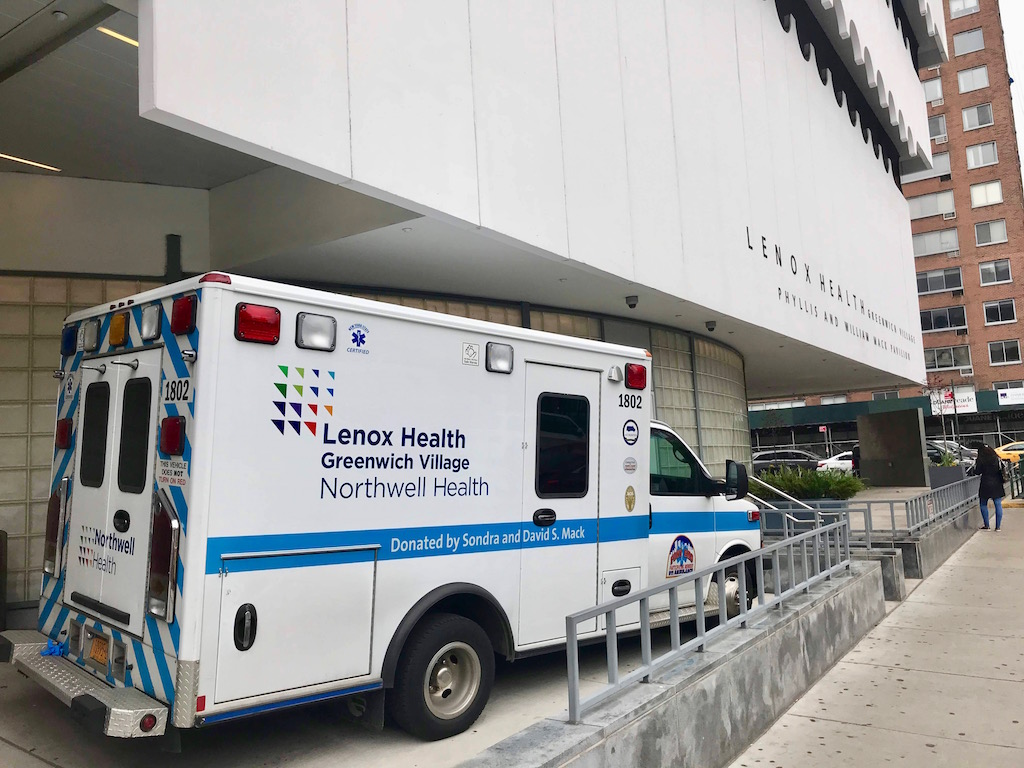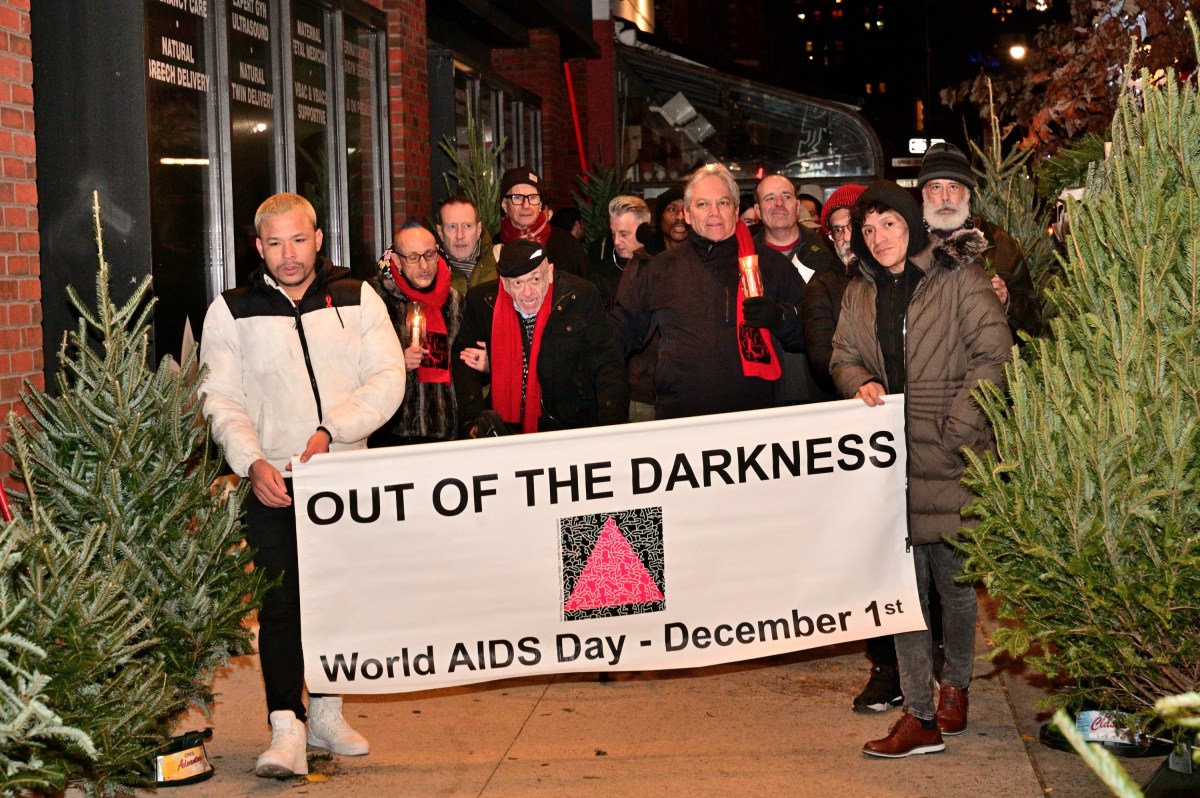BY GABE HERMAN | With Lenox Health Greenwich Health having been open for five years now, the Community Board 2 Social Services Committee held a forum to get a better sense of how the emergency department is doing and engaging with the community.
The healthcare facility is at 30 Seventh Ave., between W. 12th and 13th Sts., right across the avenue from the former site of St. Vincent’s Hospital, which closed in 2010.
The meeting was held on April 29 and led by Susanna Aaron, the committee’s chairperson.
Local residents expressed varying views, some claiming good experiences with Lenox Health Greenwich Village, its doctors and staff, while others voiced strong dissatisfaction.
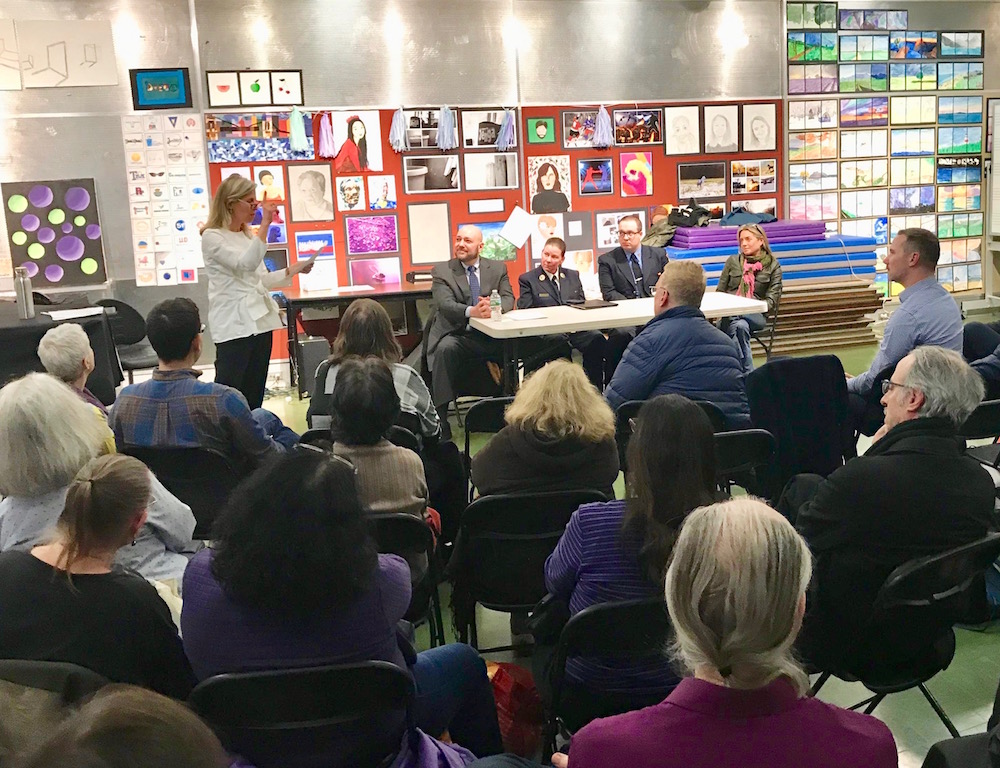
Negative reviews were often related to long wait times, including for when patients needed ambulances to transfer them to a full-service hospital, since L.H.G.V. doesn’t handle trauma cases, and big bills from services that patients weren’t told were optional.
L.H.G.V. is Manhattan’s first stand-alone emergency department, or E.D. It was pointed out at the meeting that the facility, unlike St. Vincent’s, is not a trauma center, and that while it does offer urgent-care sevices, it doesn’t handle many of the most dire cases that need an emergency department.
Alex Hellinger, executive director of L.H.G.V., said they treat 90 percent of patients who come in, while another 8 percent are stabilized and then transported to another facility, such as a full-service hospital, that can provide the appropriate level of emergency care.
One local resident said she had both good and bad things to say based on her experience there. She said the facility saved her life, and the place was clean and the staff were respectful and kind. But she said she had experienced a wait of more than an hour.
Hellinger said the average wait time for a person to get to a room after registering is four minutes, and then another eight minutes to see a physician. He said it could be faster for a pressing issue or longer if the facility is very busy.
“We try to be as efficient as possible,” he said.
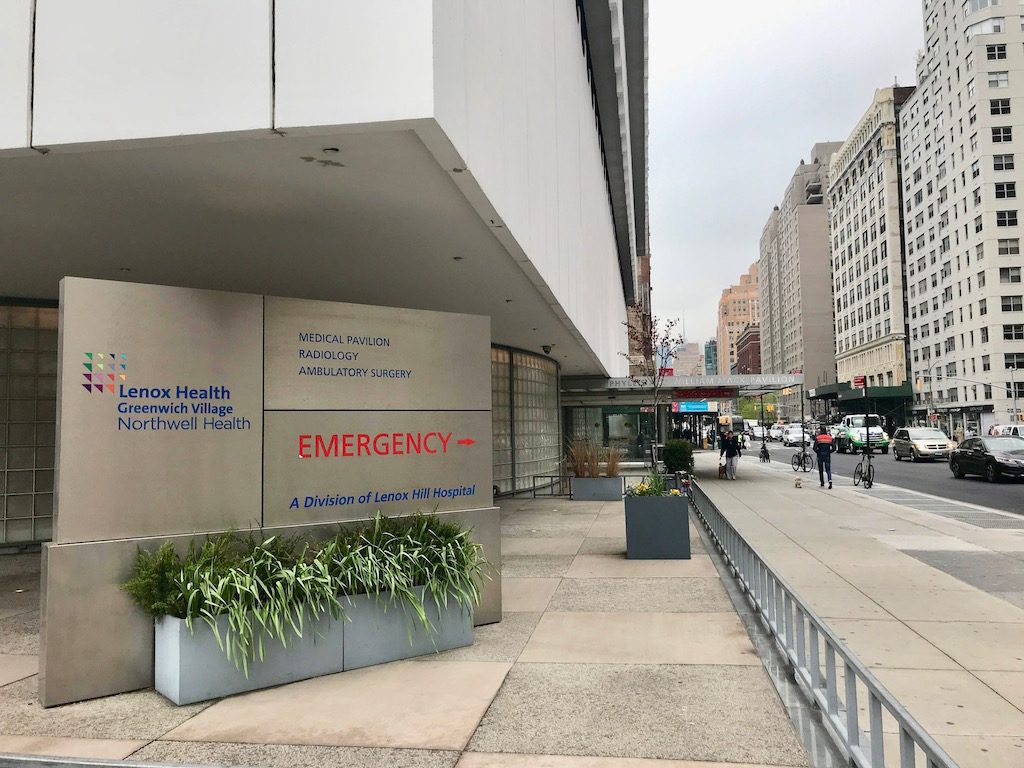
Some residents said it took too long for an ambulance to transport them from L.H.G.V. to a higher-level-care facility. One person said it sometimes took as long as 14 hours, though ambulances usually appear to be sitting outside.
Hellinger and other L.H.G.V. officials were not able to speak to specific examples cited at the meeting. But a patient advocate said the facility has a command center that works to dispatch ambulances as efficiently as possible to various facilities.
Another resident said he called 911 because he wasn’t sure if he needed medical attention, and ended up being taken by ambulance to L.H.G.V. He wound up having many tests done there, which all resulted in big charges despite his actually being in good health.
Hellinger said people are tested when they arrive to check their health, and that people are billed based on their ability to pay. He said L.H.G.V. has a financial-assistance program and a charity program for writing off some bills.
But that response didn’t satisfy several locals, who felt that charges weren’t explained beforehand and people weren’t always told that services like ambulances and tests were optional.
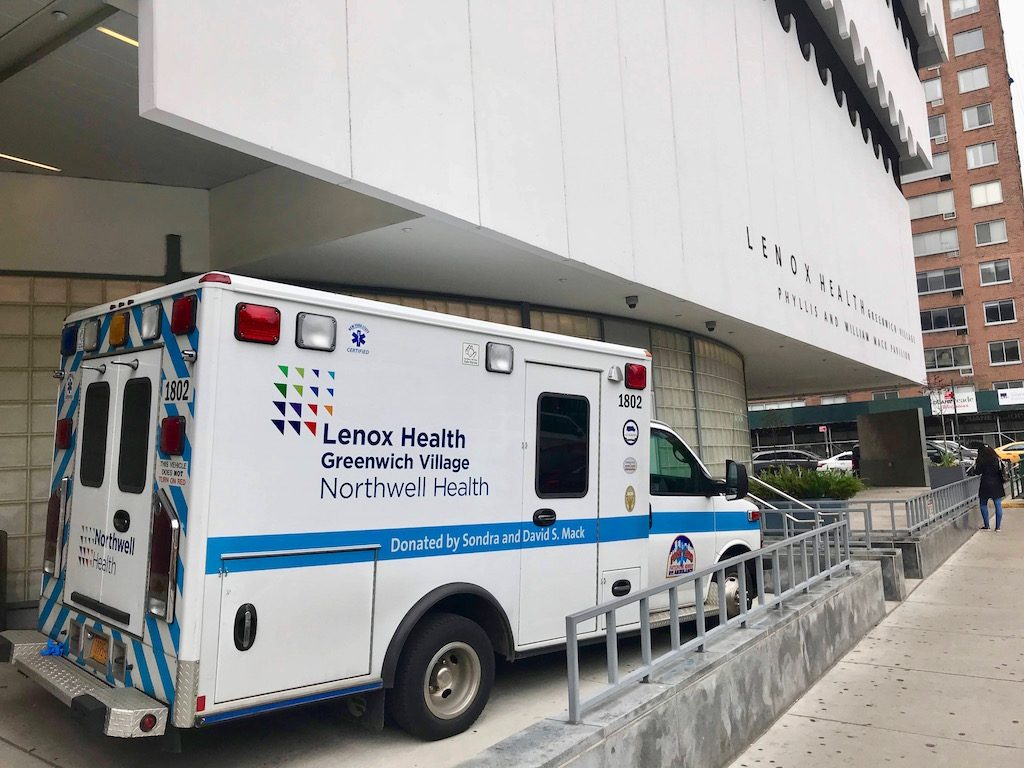
Anna Allen, co-founder and executive director of Say Ah!, a nonprofit specializing in teaching healthcare literacy, said there are big gaps in what people know about using the healthcare system and its financial aspects.
“We need to do a better job, the insurers, the healthcare system and forums like this, of educating people on what we’re responsible for financially, what we’re not, and that you can say no to care,” she explained.
Positive experiences were also shared at the meeting, with some citing friendly and thorough care, plus nice facilities that are not overcrowded and chaotic like others in Manhattan. Other attendees, however, said there should be more beds. By definition, though, a stand-alone E.D. does not have hospital beds, other than a couple for very short-term recovery from procedures.
The L.H.G.V. patient advocate said he was sorry to hear reports about bad experiences with services and wait times, but that over all the facility had received very high scores. He said 75 percent of patients gave a rating of five out of five, and another 20 percent gave four out of five.
Hellinger said the issues over rates and billing were tough to address and not unique to L.H.G.V., and he cited larger challenges within the healthcare system. But on other issues raised at the meeting, he said, “We’re certainly going to take all of this feedback. My team here and I will go back and we’re going to look at all the wait times you discussed.”
Tom Connor, a member of C.B. 2, said he didn’t think people fully understood what an upsetting experience it can be to be transported by ambulance.
“We have to make all of these services more humane,” he said.
The senior activist recalled a previous meeting with L.H.G.V. where many of the same complaints were raised, met by similar responses that the problems were a surprise to hear about and people should get in touch about such issues.
“There’s something wrong there,” he said. “Why do you think the community is still complaining about the same things that they complained about from Day One?”
He asked for a way for people to easily share experiences, good and bad, perhaps in smaller meetings.
“I don’t want to come to another meeting in three years and the same questions are going to come up,” Connor stated. “And you’re again going to say, ‘I didn’t know that was happening, here’s my card.’ Well, we can’t buy that anymore.”



